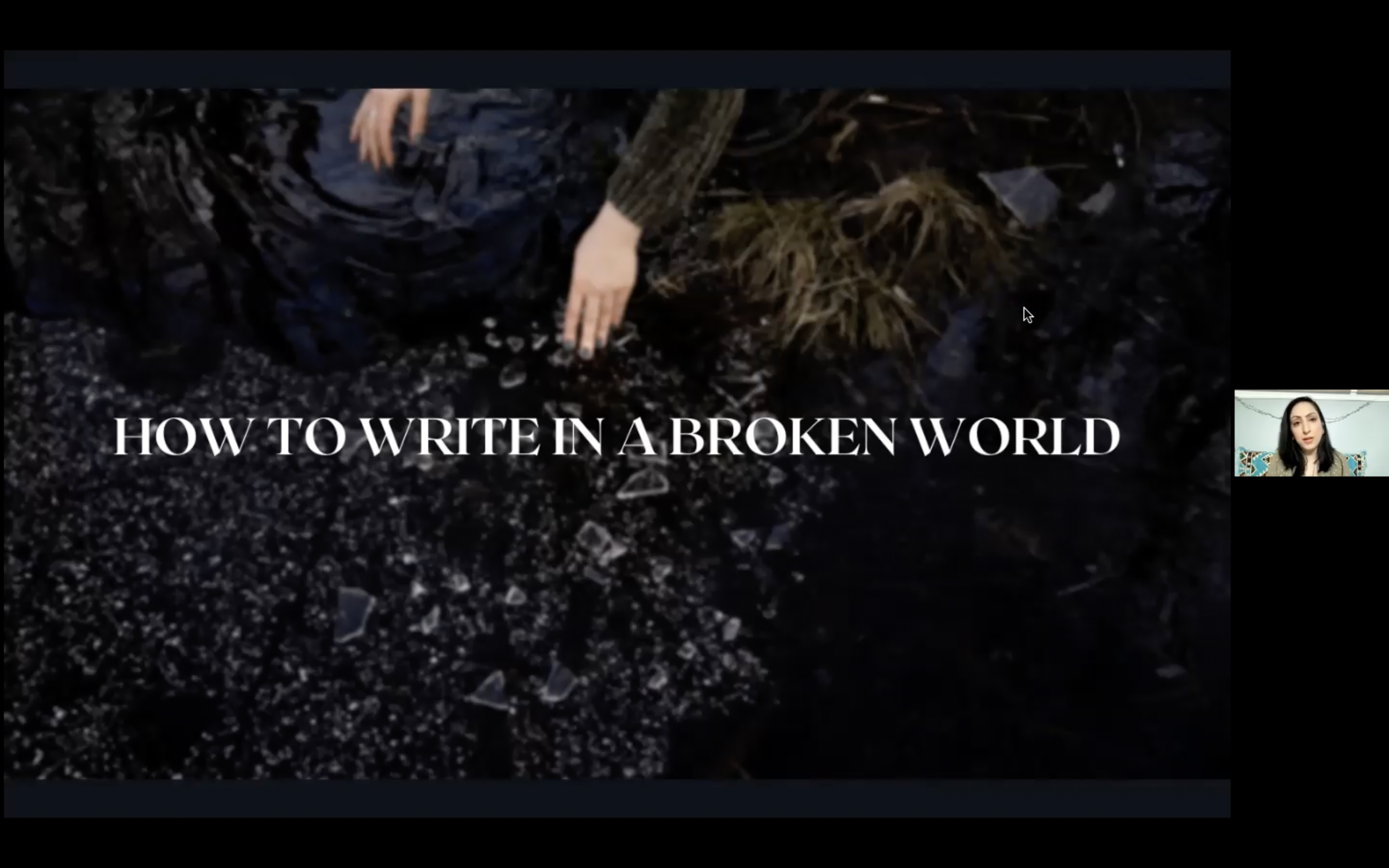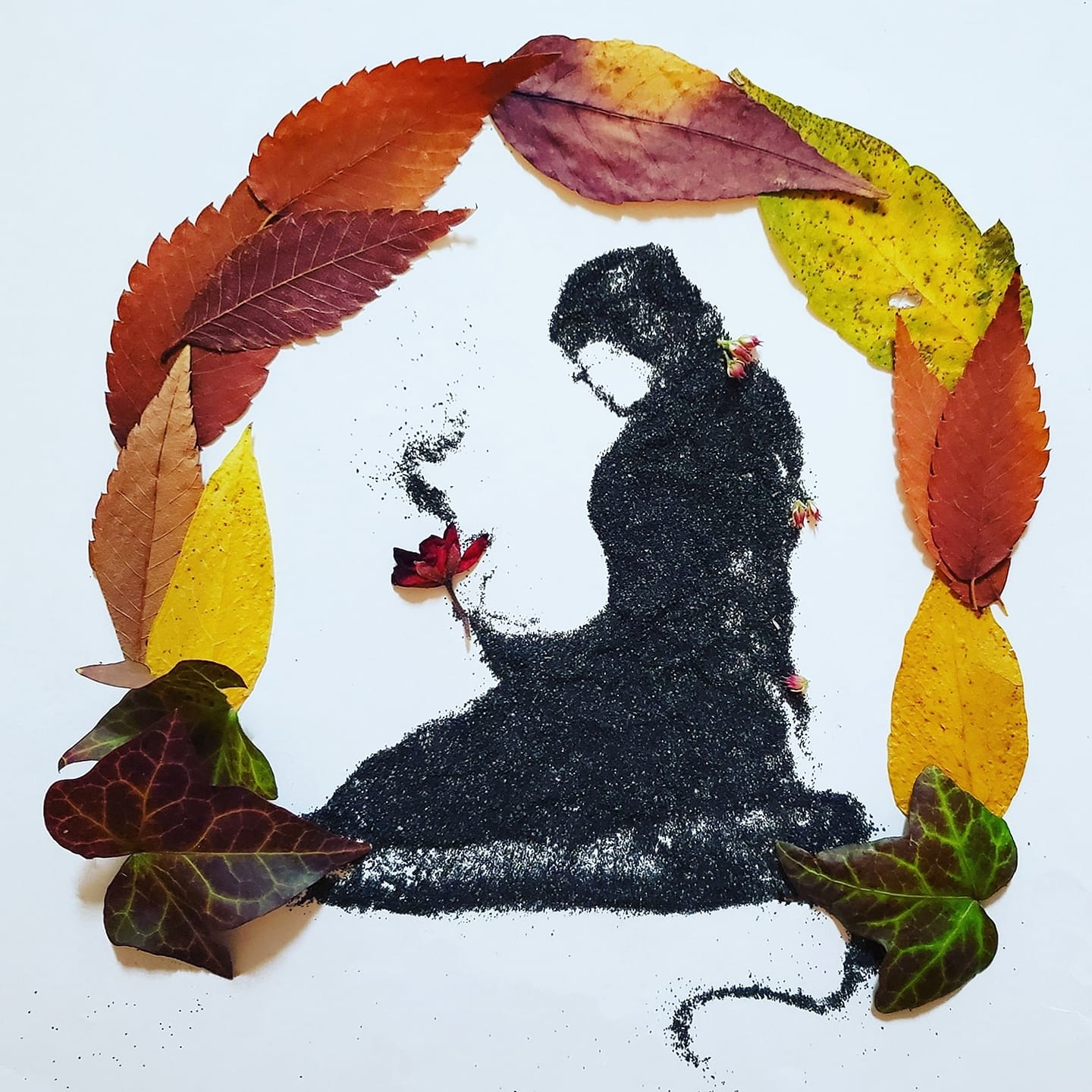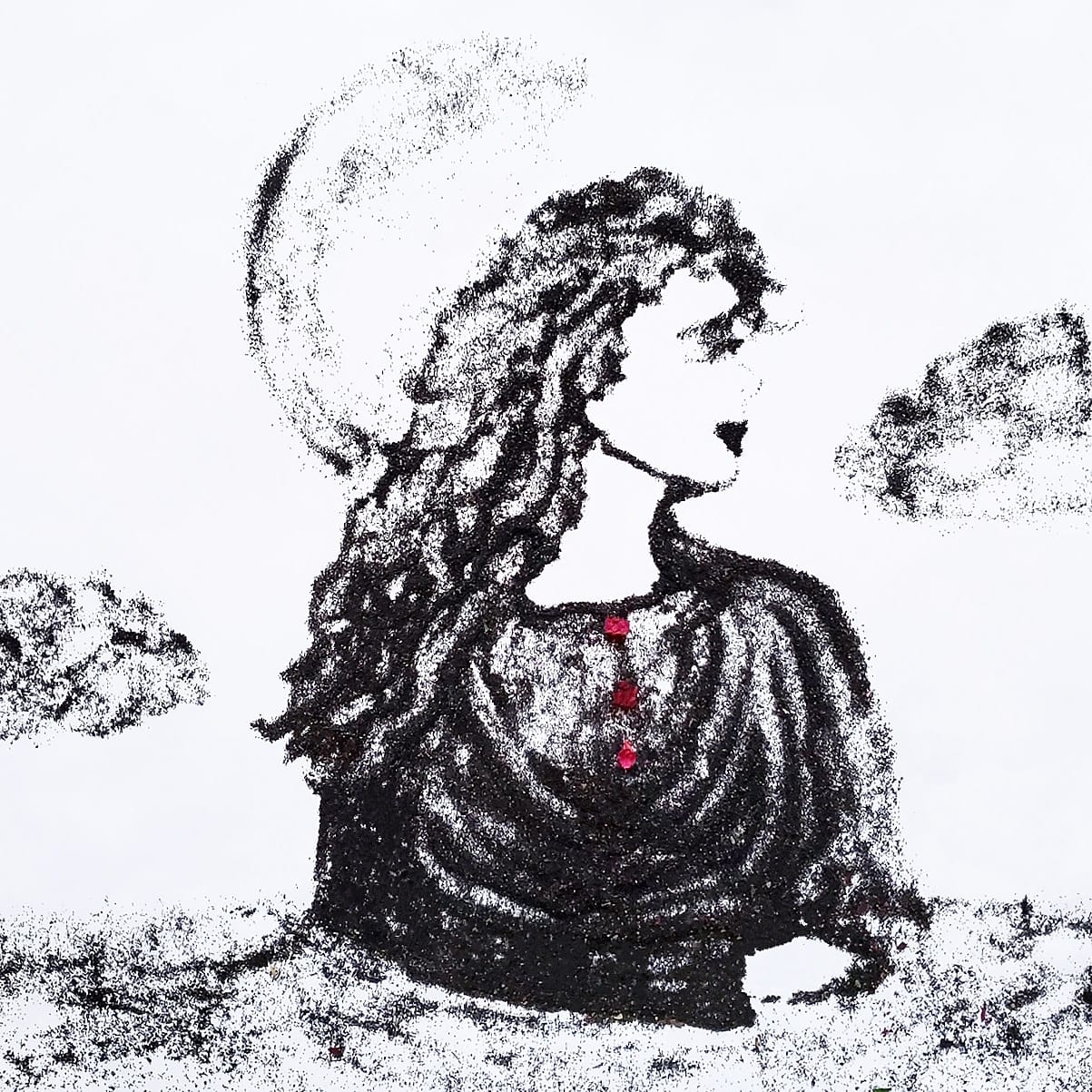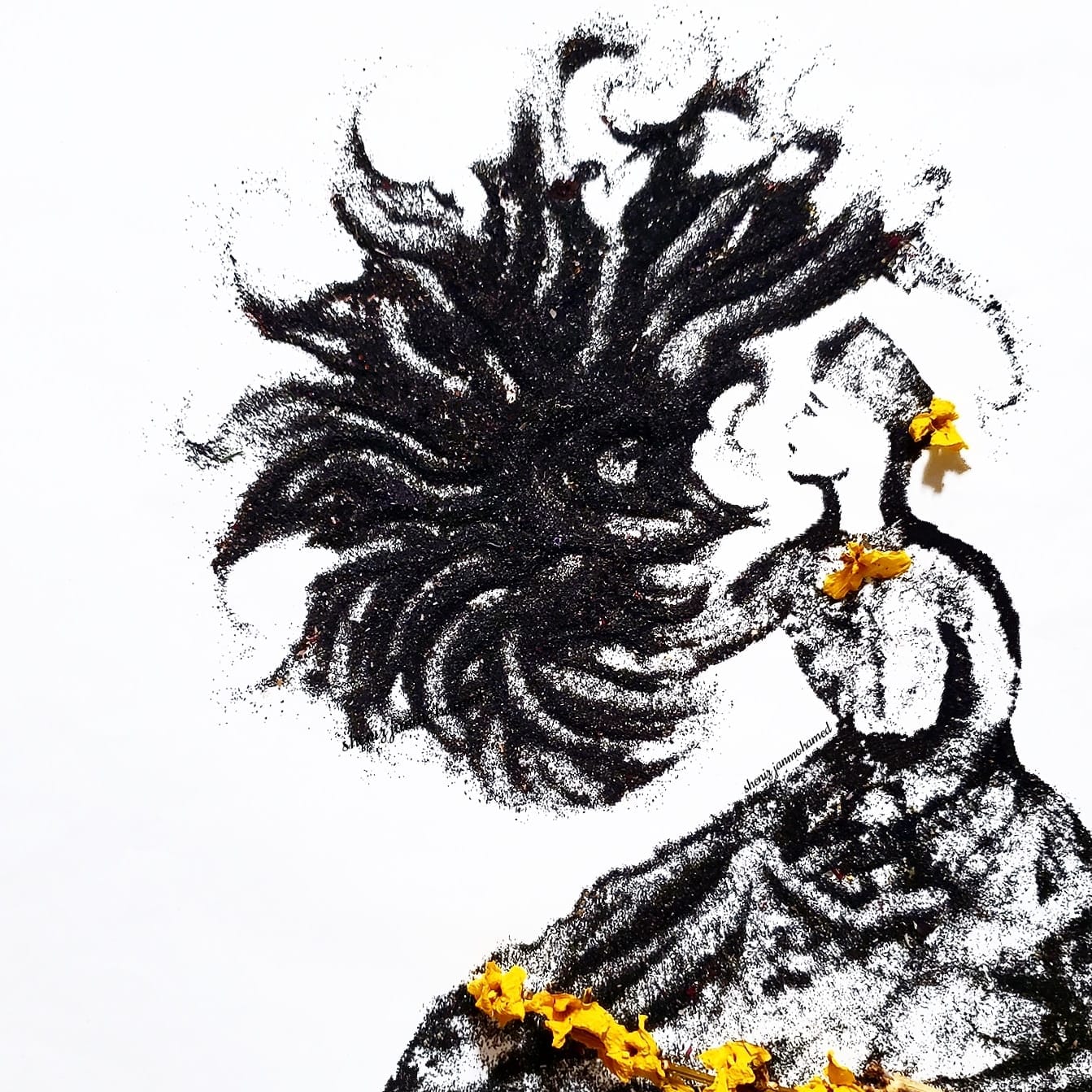How to Write in a Broken World
By Sheniz Janmohamed
“The Creative Life” Keynote for the University of Toronto Scarborough Campus Writer-in-Residence Program

It’s impossible to speak of the creative life without speaking to the moment we are living in. Without speaking to the unbearable beauty and pain coexisting in this very second. And the next. What does it mean to be an artist, to be a writer, if not to embrace our humanness?
There are questions we all return to, over and over again. They may take different shapes and forms, even appear as characters, or poems, or paintings. There is a leitmotif of questioning that cycles in our breath. And it’s up to us to uncover what these questions are—not always in an attempt to answer them, but as Rilke says, “to live them.”
There is a question I have been asking myself lately, and it is an unanswerable one.
How do we write in a broken world? How do we write into a broken world?
First, the audacity. Imagine my audacity for titling my keynote with a question so big it’ll take a lifetime to answer. But that in itself is the point. The answer has to be lived, in the very bones of our experience.
And the first step is in acknowledging “brokenness.”

Lean in to the Brokenness
Have you ever experienced a moment like this, where you know there’s so much pain, either within your inner world, or the world at large—and yet right in front of you is this beauty—that you almost feel guilty to witness? That you can’t reconcile? There is a dissonance within your body? Heart? Mind? What IS that?
How much of our time is spent in resisting brokenness, or beauty? Of feeling the guilt of experiencing joy, or the desire to only feel joy? How much of our lives is spent in distracting ourselves from these extremes? These so-called opposites? How much of our society is obsessed with perfection, with the distraction of perfection, of silencing the quaking parts of ourselves?
How often I have thought some version of, “I wish I didn’t feel broken” when really, perhaps, what I meant was, “I wish I felt fully alive in my life.”
What happens, if we listen for the cracks and fractures along the heartbeat of the earth, what happens when we listen for our own brokenness, and not see it as a failure, but the very evidence that we are alive?
I am currently resisting my imperfect heart, and the fact that it continually requires repair—surgery after surgery. On a recent trip to the hospital, I witnessed the live image of my heart on a scan, and was suddenly overwhelmed with gratitude for how much it has endured. It keeps showing up for me, even when I don’t know how to show up for myself.
What are you resisting in this moment? What is your fear telling you?

Attend to the Moment
There are times, especially during the pandemic, where I find myself wishing I were somewhere else, where I could be truly inspired and enriched by the environment around me. While this is a necessity for so many creative people, it’s also an opportunity for observation. I’m searching—we’re searching—for something that’ll make it all make sense. Make sense of the world. Of ourselves.
Is the cherry blossom enough? Is this cold tea enough? Is the rain enough? Is this typo enough? Is this keynote enough? What is enough?
When I have just a little bit of space to be present with that deep longing for something to make sense, if I just, for a moment, suspend the desire to finally feel “enough”—maybe I, maybe we, will have the ability to witness the grace of what is unfolding right in front of us.
What if instead of finding joy in spite of brokenness, we included it in our experience of joy?

Fill with Gold
Kintsugi, now appropriated and popularized, is the Japanese art of repairing broken pottery with gold. It is an act of refusing to discard parts of our own experience, not by jamming them together in an attempt to make them “fit,” but in teaching us to illuminate the scar. To illuminate the points of breakage. These breakpoints serve as ways in to our humanness. They remind us to have the courage to tell our stories without censoring ourselves into perfection, numbness, or negation.
And yet, it’s important to remember that as storytellers, creators, our task is to also investigate stories we tell to ourselves, and why we have convinced ourselves they are “true.”
I’ve had the gift of speaking to a lot of young writers through the Writer-in-Residence program. Through these conversations, I was reminded of the narratives I inherited when I was starting out, about what it means to be a writer. The trope of the starving artist or the struggling writer was seen as a badge of honour, as something to aspire to because it’s a sign that you’ve made it. And then what? What do you do with this narrative of “brokenness”? What do you do when you need to eat? When you’re burned out? What do you do with the scarcity?
Then, the question becomes deeper: How do we illuminate the scars of our experiences while not repeatedly seeking them out, or identifying with them? Brokenness is not a quality to aspire to, to give us a sense of identity, but rather, an opportunity to own the humanity of our experiences.
And with that, here is a last offering of gold, a question for myself, and you:
Are you broken, or are you whole in your humanness?
Sheniz Janmohamed is a poet, arts educator, and nature artist. The author of three poetry collections, Sheniz spends much of her time working—namely making masala chai and contemplating existence.
Artwork by Sheniz Janmohamed.
Read more

